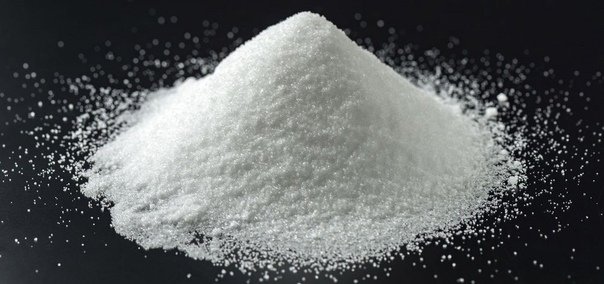The Precipitated Silica Market: Driving Innovation Across Industries (Business Opportunities - Advertising Service)

USAOnlineClassifieds > Business Opportunities > Advertising Service
Item ID 2889699 in Category: Business Opportunities - Advertising Service
The Precipitated Silica Market: Driving Innovation Across Industries | |
The global precipitated silica market is experiencing significant growth, driven by its versatile applications across a wide range of industries. From tires to toothpaste, this multifunctional material is quietly revolutionizing how products are designed, manufactured, and consumed. But what exactly is precipitated silica, and why is it becoming so indispensable? Let’s dive into the unique aspects of this market and explore its potential for the future. What is Precipitated Silica? Precipitated silica is a synthetic, amorphous form of silicon dioxide (SiO₂) produced through a chemical reaction involving sodium silicate and sulfuric acid. Unlike fumed silica, which is produced at high temperatures, precipitated silica is manufactured through a wet process, making it more cost-effective and environmentally friendly. Its unique properties, such as high surface area, porosity, and reinforcing capabilities, make it a valuable additive in numerous applications. Key Drivers of Market Growth Rising Demand in the Tire Industry One of the largest consumers of precipitated silica is the automotive industry, particularly in tire manufacturing. Silica is used as a reinforcing filler in rubber compounds, improving tire performance by enhancing grip, reducing rolling resistance, and increasing fuel efficiency. With the global push toward sustainability and electric vehicles (EVs), the demand for high-performance, energy-efficient tires is skyrocketing, directly boosting the precipitated silica market. Growing Popularity in Personal Care Products Precipitated silica is a key ingredient in toothpaste, skincare products, and cosmetics. Its gentle abrasive properties make it ideal for tooth polishing, while its ability to absorb oils and control viscosity enhances the texture and performance of creams and lotions. As consumers increasingly prioritize personal care and hygiene, the demand for silica in this sector is expected to grow. Expansion in Food and Pharmaceutical Applications In the food industry, precipitated silica is used as an anti-caking agent in powdered products like spices, coffee, and protein powders. In pharmaceuticals, it serves as a flow agent in tablet manufacturing. The growing demand for processed foods and over-the-counter medications is fueling its adoption in these sectors. Sustainability and Green Initiatives Precipitated silica is gaining traction as a sustainable alternative to traditional materials. For example, it is used in eco-friendly paints and coatings to improve durability and reduce environmental impact. Additionally, its role in reducing tire wear and improving fuel efficiency aligns with global efforts to reduce carbon emissions. Emerging Trends and Innovations Nano-Silica Technology Researchers are exploring the use of nano-sized precipitated silica particles to enhance material properties further. These nanoparticles offer superior reinforcement, transparency, and reactivity, opening up new possibilities in advanced materials, electronics, and even biomedical applications. Bio-Based Precipitated Silica As sustainability becomes a top priority, companies are investing in bio-based production methods for precipitated silica. By using renewable resources like rice husk ash or agricultural waste, manufacturers can reduce their carbon footprint and appeal to eco-conscious consumers. Customized Silica Solutions Manufacturers are increasingly offering tailored silica products to meet specific industry needs. For instance, silica with optimized particle size and surface area is being developed for high-performance rubber applications, while ultra-pure grades are being produced for pharmaceutical use.  | |
| Related Link: Click here to visit item owner's website (3 hits) | |
| Target State: All States Target City : All Cities Last Update : Feb 28, 2025 2:23 AM Number of Views: 96 | Item Owner : Ram Contact Email: (None) Contact Phone: (None) |
| Friendly reminder: Click here to read some tips. | |
USAOnlineClassifieds > Business Opportunities > Advertising Service
© 2025 USAOnlineClassifieds.com
USNetAds.com | GetJob.us | CANetAds.com | UKAdsList.com | AUNetAds.com | INNetAds.com | CNNetAds.com | Hot-Web-Ads.com
2025-04-01 (0.439 sec)